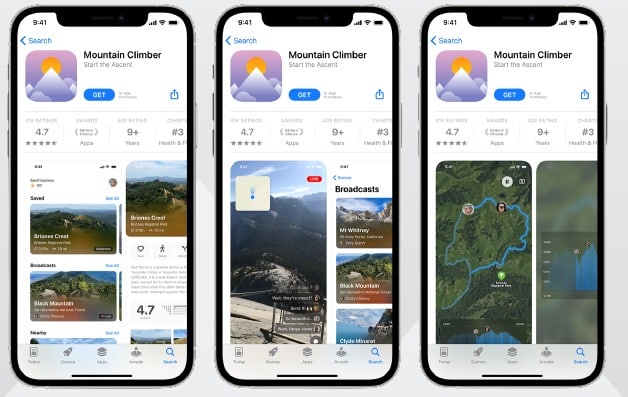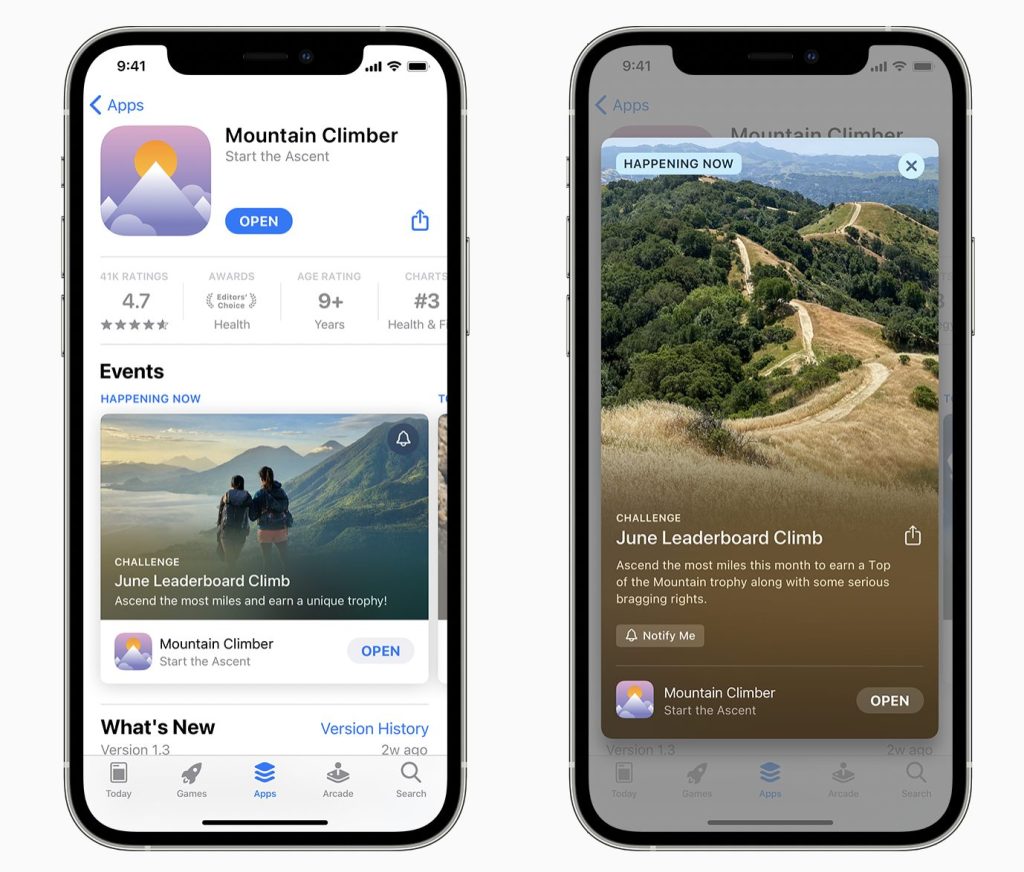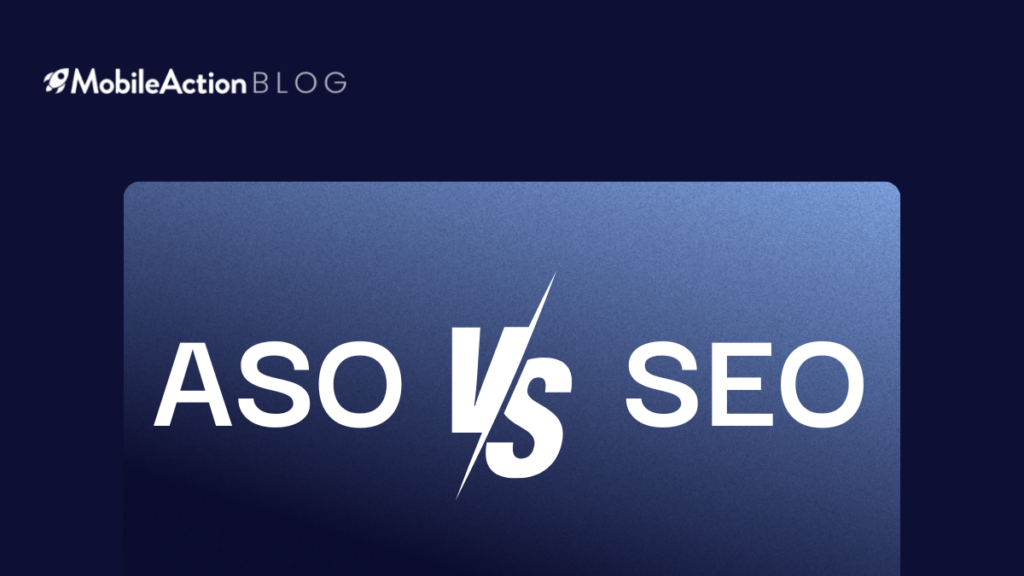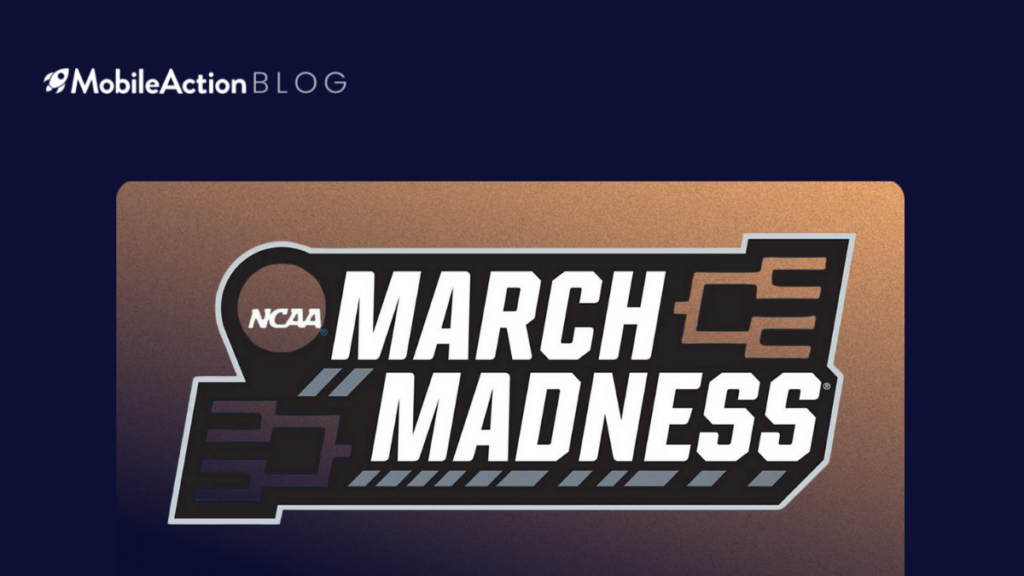Later this year, there will be major changes to user acquisition in the App Store. With significant enhancements such as Product Page Optimization, Custom Product Pages, and in-app events, it is natural to be a little nervous if you are managing a mobile user acquisition strategy.
We had a fulfilling chat with Martin Rusev, Product Marketing Manager at Gameloft, and discussed how app marketers can prepare for the upcoming changes.
As a Product Marketing Manager in the gaming industry, how do you think the upcoming changes will affect app marketers?
The changes will allow product marketers and mobile marketers to have a lot more possibilities when we want to adapt and optimize the product pages that we are taking care of on a daily basis.
The key features that iOS15 brings to the table for me are obviously the custom product pages and the product page optimization (PPO). These are the things that would really allow us to optimize the flows when trying to reach our potential customers – I’m always calling them players being part of Gameloft.
Of course, with every iOS update, there are many customer-facing changes that we also need to consider when working on our product and on the way we reach the consumers. For me, however, the custom product pages and product page optimization are the biggest changes that will affect our day-to-day work. Regarding the custom product pages, having up to 35 different pages and controlling what type of traffic goes there can give great benefits. It will also increase our workload a lot so this is where the first big challenge will arise.

The Custom Product Pages will take a lot of planning and a lot of careful execution of the campaigns, I believe that on day 1 you shouldn’t immediately create 35 different variations and start sending traffic to each of them. If you don’t have a huge, huge, huge team dedicated to these tasks, you would not make the best out of them. You will be overwhelmed with information and you need to gradually scale your efforts. So, it would be better to start slowly and to expand on the successful efforts to build more and more pages. That way, we see what works the best for specific audiences and specific UA channels.
Regarding the product page optimization, we have a good idea of what to expect since that’s not something new and not something that we have never seen or worked on before. If you have an app on the Play Store, you are most probably already doing this. I can say that it’s a feature we really missed having on iOS.
Having a control page versus treatments as they are called, it’s super useful. You can see where the organic traffic is converted better, which of the assets are having more impact, and exactly how much they are impacting the conversion rate – the main KPI when talking about store page optimization. I’m happy that only an icon change would require a new version to be submitted because otherwise, this just would not have worked if we had to make a new submission just to test a screenshot. My team would’ve killed me if that was the case.
How are you optimizing the creative sets currently? How do you think that process will change with iOS 15?
We avoided using the learnings from the Play Store tests on iOS as we have seen many times how the audiences are different when compared. We all have friends who are iPhone users. We all have friends that have Androids. They are different people and it’s not a bad thing. We all have our personal preferences and we consume products and services in different ways. The same goes for mobile games and the way we look into their marketing assets.
There is no one size fits all system. We have seen it, tried it, and failed. We tried something that worked on the Play Store and it didn’t work on iOS. What we are doing instead is to work with third-party software to run tests on iOS to see how these app store pages would perform and after a detailed analysis, we optimize our real app store pages. I have always believed that you should not only optimize the creatives only, but you should focus on the player journeys. If you only focus on optimizing the store creatives which is just one step of the player’s journey you might break the whole thing.
To elaborate on this, for me as a PMM in Gameloft, one of my main responsibilities is to constantly increase the conversion rate on the store pages by finding the right screenshots, icons and optimizing the metadata. I can always try to hyperbolize drastically what the game is all about and I’ll most probably do increase the store conversion rate, but afterward, these players will open the game and actually see it has nothing to do with what was promised to them. Then everyone responsible for having the people stick in-game will not be happy.
The same goes for the connection between UA managers who are taking care of the ads and the rest of the team. We recently worked on a store page test and we saw a big difference between the conversion rates from two ads – it’s all about what impression you leave on the consumers and whether or not the next step from their journeys would validate that impression, or completely ruin it.
How do you think the in-app events feature to be launched with iOS 15 will affect the user engagement? What marketers should do to make the most out of it?
The in-app events are similar to product page optimization since they are not something new. We have worked with it before on the Play Store. Personally, I’m always happy to promote in-app events in the store. Also as a player myself, it is something that I have enjoyed seeing. I have personally returned to some games that I had churned from after seeing an event that looked interesting on the store page so I have high hopes for this – it’s another great way of communicating with your player base.
I believe that mid-core and casual games will benefit more from the in-app events being featured on the App Store. If their players have not been online for a couple of days and they opened the store, they might see something that resonates very well. An event image that works well will sparkle that interest in the players’ minds and they could potentially be reactivated. It’s trickier, however, when you want to measure the impact of this feature when talking about hardcore players who are usually always online and know the event calendar even better than the game team.
It’s a great tool to keep your customers engaged, however, it shouldn’t be the only tool for that purpose. If the event is a key milestone for your game, raising awareness for it should also take place on social channels, as well as in-game. In addition, the communication about the event should not stop when it starts, especially if it’s a long one. Players will appreciate seeing their progression and their nicknames on a leaderboard if there is one.
When promoting in-app events on the store for mobile games, marketing managers should also be very careful about what types of events are put out there and if they are accessible for all players, or not. There are many events that are either available only in a mid-to-end phase of a game, or new players might not have the chance at all to compete and win a prize out of them. The best type of event to be promoted, for me, is one that gives a fair shot at a prize to all players whether it’s with bracketed leaderboards, or simply a split between them by their in-game level. By doing this, all players who see the promoted event on the store and open the game will be engaged and eventually be happy with your game.
How are you getting prepared for the upcoming changes? Do you have any recommendations for fellow PMMs in our community?
You need to have a very clear hypothesis of what you want to do. You must know your audience very well and plan your next moves.
I’ll give you an example with Heroes of the Dark – the new mobile Strategy RPG game we’re working on. We’ve done our homework and we know what type of players to expect – we know that both Strategy and RPG fans will find a lot of in-game features to enjoy and will play the game for a long period of time.
Before iOS15 and the upcoming introduction of the Custom Product Pages, we were not able to show different content on the pages and we were supposed to win the hearts of all players with a single set of visuals and metadata. Now, things will be different – we can construct a detailed user journey that targets the fans of a specific game genre, or a specific in-game feature and showcase exactly these elements in the most prominent positions. Again, all this must be aligned with the creatives the UA teams are using and with the actual in-game features.
As mentioned before, once the Custom Product Pages are rolled out it’s good to start slowly, let’s say with 5-6 pages instead of going all-in with 35 on day 1. It’s vital that you keep track of the pages, their localizations, and any details that notify the visitors of the latest update changes. There will be two big challenges – analyzing all the data and creation of the visual assets.
For both, it’s quite obvious why – the former requires a lot of time and a deep understanding of what converts better and what actually moves the needle on your page. For the latter, it will be a challenge if you go with huge changes on all screenshots, for example, since that would require a lot of planning, working, and coordinating with the assets creation teams. It could become overwhelming for smaller studios, but I believe it also opens the door for third-party companies that offer help and expertise with the visuals.
In order not to burn out the artists, who are working on all assets, I believe they should be engaged and informed about the results of their work. I don’t think that they should simply produce more and more visuals without knowing about what worked well and what did not. Not only they’d be making more informed decisions when crafting your next creative, but they’d also be more motivated for it to succeed.
All these changes will definitely increase our workload, but they will also give us many opportunities to increase our conversion rates and improve our players’ journeys. Eventually, if we manage to increase those rates even with a few percentages, it would be a job well done, knowing the volumes of visitors the app pages have on a daily basis.
We thank Martin Rusev for sharing his experiences with us and providing amazing insights for our community. There is no doubt that when these new features arrive later this year, there will be new opportunities as well as challenges for mobile industry professionals. Hopefully, the issues we discussed in this brainstorming session will help you to make the best out of this transition.
About Martin Rusev
Martin Rusev has been working a PMM in Gameloft for more than 2 years in projects like Dungeon Hunter 5, War Planet Online and now he’s overseeing all marketing activities for the upcoming title Heroes of the Dark that was recently announced on Apple’s Keynote during the iPhone 13 presentation. His previous experience was in the iGaming world, but since mobiles games are his passion, joining Gameloft and entering the industry was a perfect fit.






